Artist and author
Olena Newkryta's creative process typically begins with rigorous research and reading, complemented by intuitive image-gathering from archival sources such as historical treatises, classic philosophical works, medical and art books, and scientific papers. Her approach is both meticulous and comprehensive, interweaving history, theory, and investigation of labour conditions under “cognitive capitalism.” In her recent works, she embraces the film-essay genre, blending scripted content, voice-over narration, and archival footage in speculative-fictive settings.
In one of her previous video works, Patterns Against Workers (2022), Newkryta delves into the intertwined histories of textile manufacturing and the emergence of proto-computers, exposing their shared characteristics as systems of divided labour. She explores the migration from manual labour to digital processes, as well as the consequent abstraction and commodification of knowledge into data and computational information.
At Est-Nord-Est, Newkryta began conceptualizing a new trilogy of video installations probing these areas of inquiry in greater depth, focusing on three key themes: the privatization of collective knowledge, the commercialization of neuroscience and mental health, and the financial speculation surrounding climate-related disasters.
During the residency, she directed her attention to the privatization and digital enclosure of knowledge, while considering the enduring significance of physical and social interactions in information transmission and retention. One focal point of her study was forms of embodied knowledge, particularly hand mnemonics used for information retention and calculations, with a special interest in those that defy easy quantification or computation. She also examined the impact that translating information into machine-readable code has on human perception and explored the gap between hand-drawn and digital images.
In parallel, she probed the connections between two historical events: the enclosure of lands, signifying the transition from feudalism to capitalism, and the enclosure of knowledge through patents, data centres, and complex algorithms. With this aspect of her research, she also sought to acknowledge the labour involved in building artificial intelligence systems and its historical ties to colonialism in the global South.
Durant sa résidence, elle a dirigé son attention sur la privatisation et l’enclosure informationnelle numérique, tout en prenant en considération la persistance de l’importance des interactions physiques et sociales dans la transmission et la rétention de l’information. L’un des points centraux de son étude concernait les formes de savoirs incarnés, particulièrement les mnémotechniques de la main utilisées pour la rétention de l’information et les calculs, avec un intérêt particulier envers ceux qui défient la quantification ou le traitement faciles. Elle a également examiné l’impact de la traduction d’informations en codes lisibles par des machines sur la perception humaine et a exploré l’écart entre les images dessinées à la main et les images numériques.
Parallèlement, elle a sondé les liens entre deux événements historiques : l’enclosure des terres, qui signifie la transition entre le système féodal et le capitalisme, et l’enclosure informationnelle par des brevets, des centres de données et des algorithmes complexes. Avec cet aspect de sa recherche, elle cherche également à reconnaître le travail qu’il y a derrière la construction de systèmes d’intelligence artificielle et ses liens historiques avec le colonialisme dans les pays du Sud.
Discover
Newsletter
Keep up to date with the latest news!




